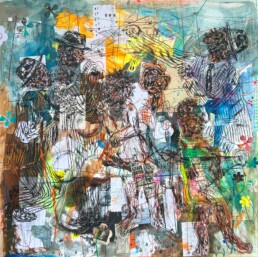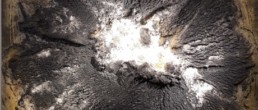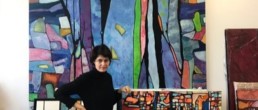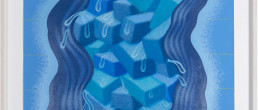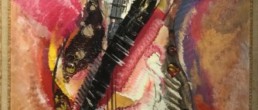Salifou Lindou
1965 (Cameroun)
Biography
Salifou Lindou, born in 1965 in Foumban, Cameroon, is a leading figure on the contemporary art scene. Living and working in Douala, this self-taught artist has established himself as a mentor for the new generation of Cameroonian artists, and has played a crucial role in animating the artistic life of his city through the Cercle Kapsiki, which he co-founded in 1998. This collective aims to revitalize Douala’s public space through exhibitions, projects and residencies for artists from all over the world.
Initially concentrating on installations, sculptures and collages on canvas, Salifou Lindou has recently expanded his repertoire to include works in pastel on paper, characterized by an energetic tangle of lines and strokes that illustrate rage and passion. Through his creations, he explores the duality of human existence, oscillating between strength and vulnerability, movement and immobility, peace and chaos.
Lindou‘s work delves into the complexity of the human being, drawing on scenes from everyday life enriched by references to legends and modern painting. Whether it’s internal struggles, televised debates, or political instability leading to exodus, her work reflects and reacts to contemporary society. His deeply introspective art also finds inspiration in the dynamic daily life of Douala.
2020 marked a turning point in Lindou’s international recognition, when his work was presented at the 1-54 London fair by AFIKARIS gallery. Since then, he has participated in international art fairs such as Art Paris, Investec Cape Town in South Africa, and 1-54 New York. His work has been exhibited in prestigious institutions such as the Musée National de Yaoundé in Cameroon, the Institut des Cultures de l’Islam in France, and Art Hub Copenhagen in Denmark. In 2022, he also represented Cameroon at the Venice Biennale.
Currently, Salifou Lindou is celebrating over 30 years of artistic career with his first solo institutional exhibition in Europe, held at the Ettore Fico Museum in Turin, Italy. This not only illustrates his significant impact on contemporary art, but also confirms his role as a leading figure of African art on the world stage.


